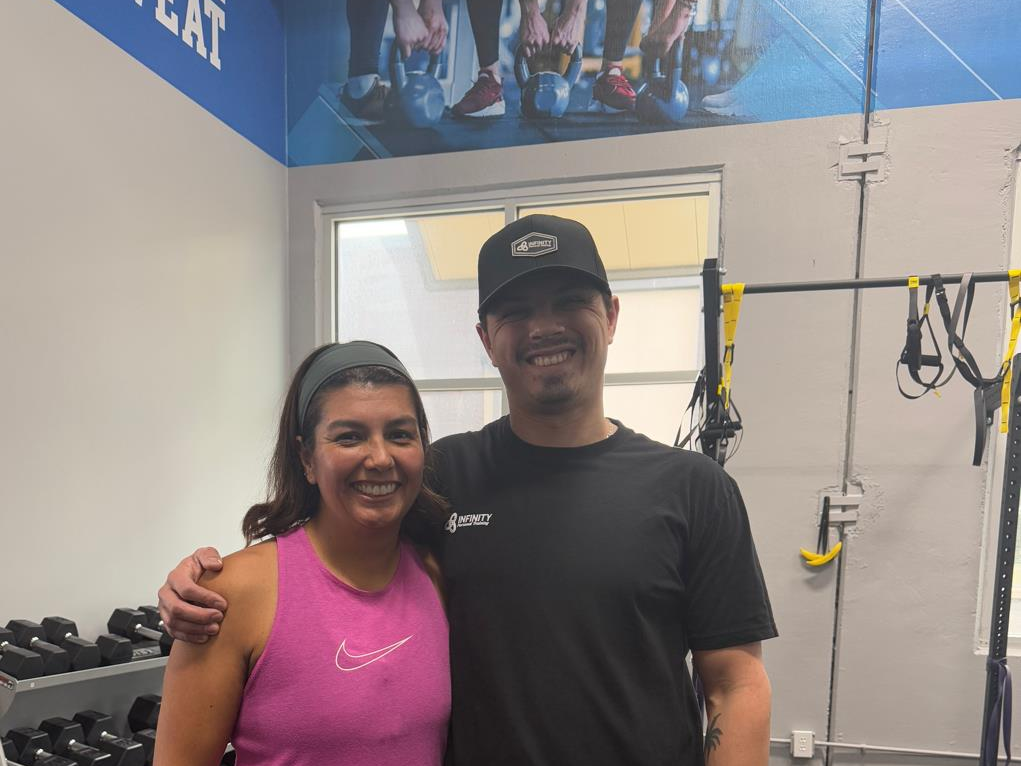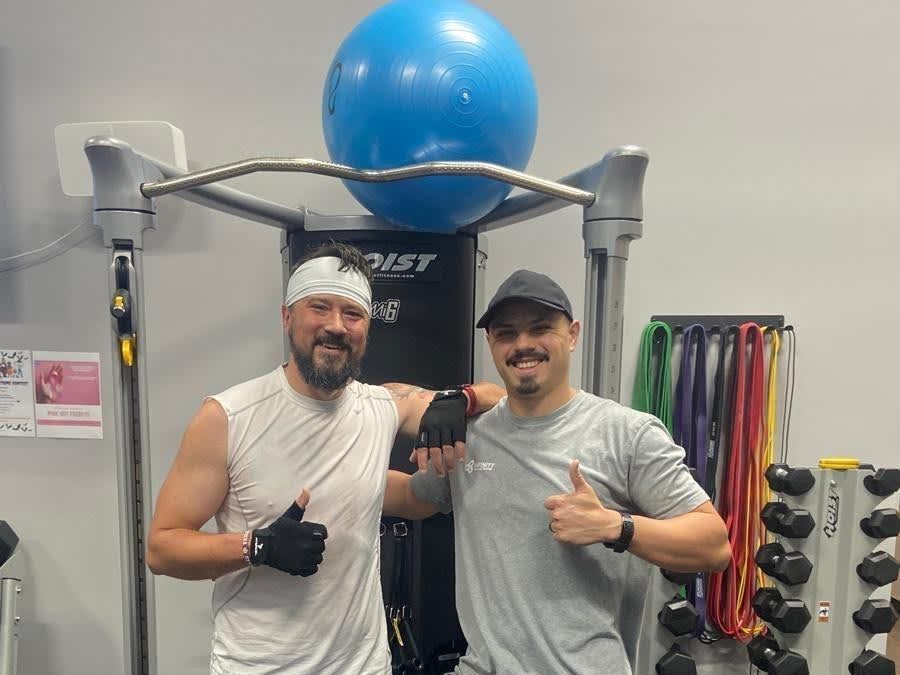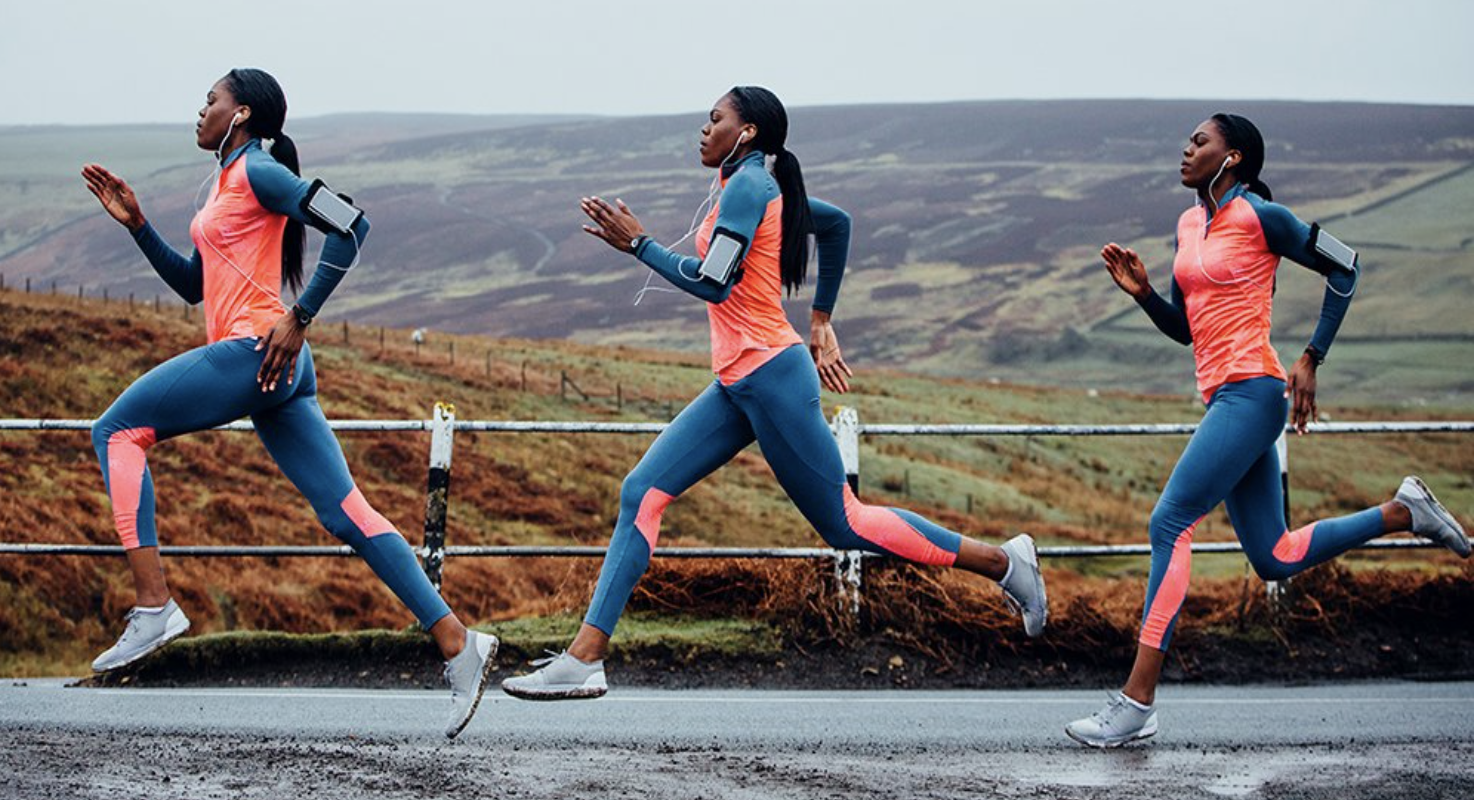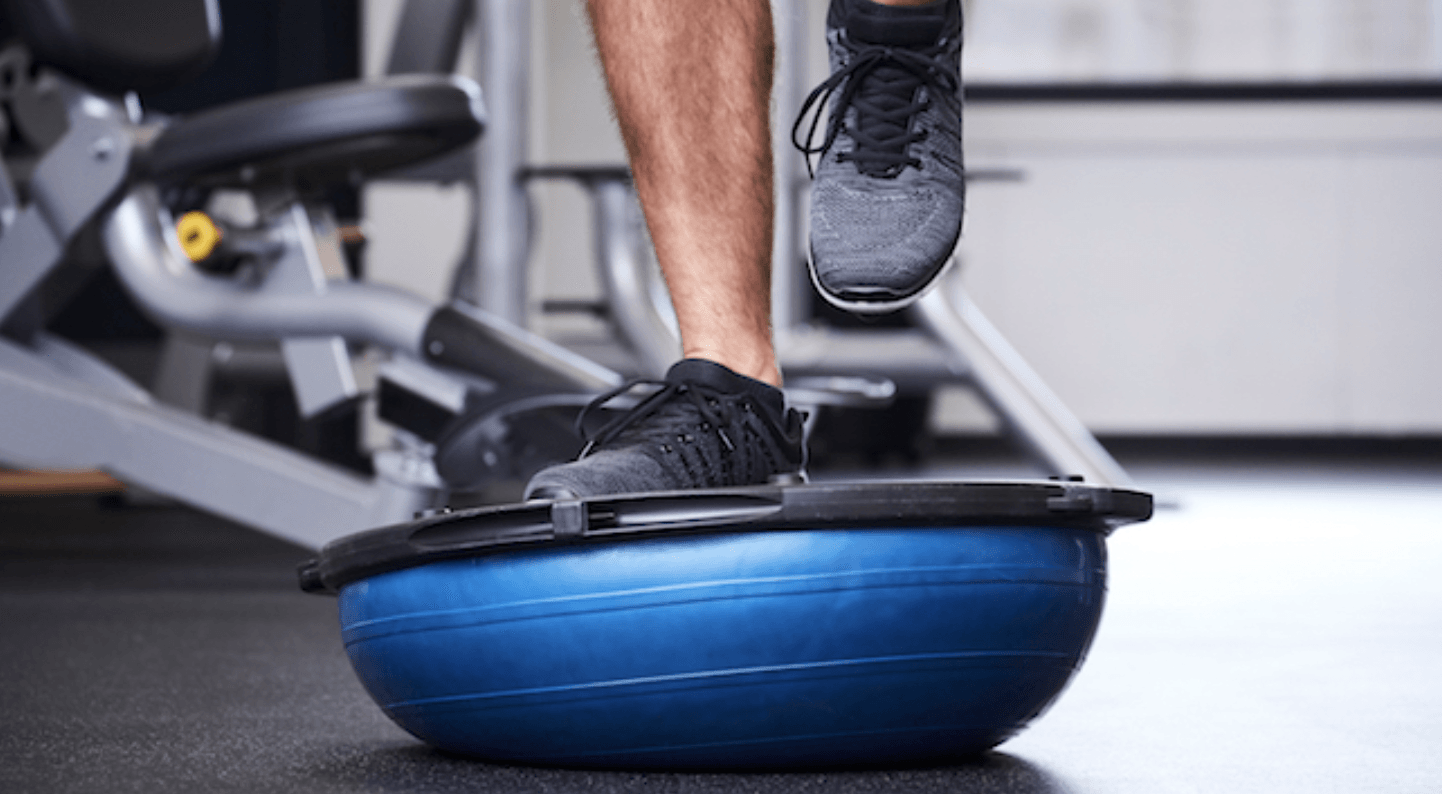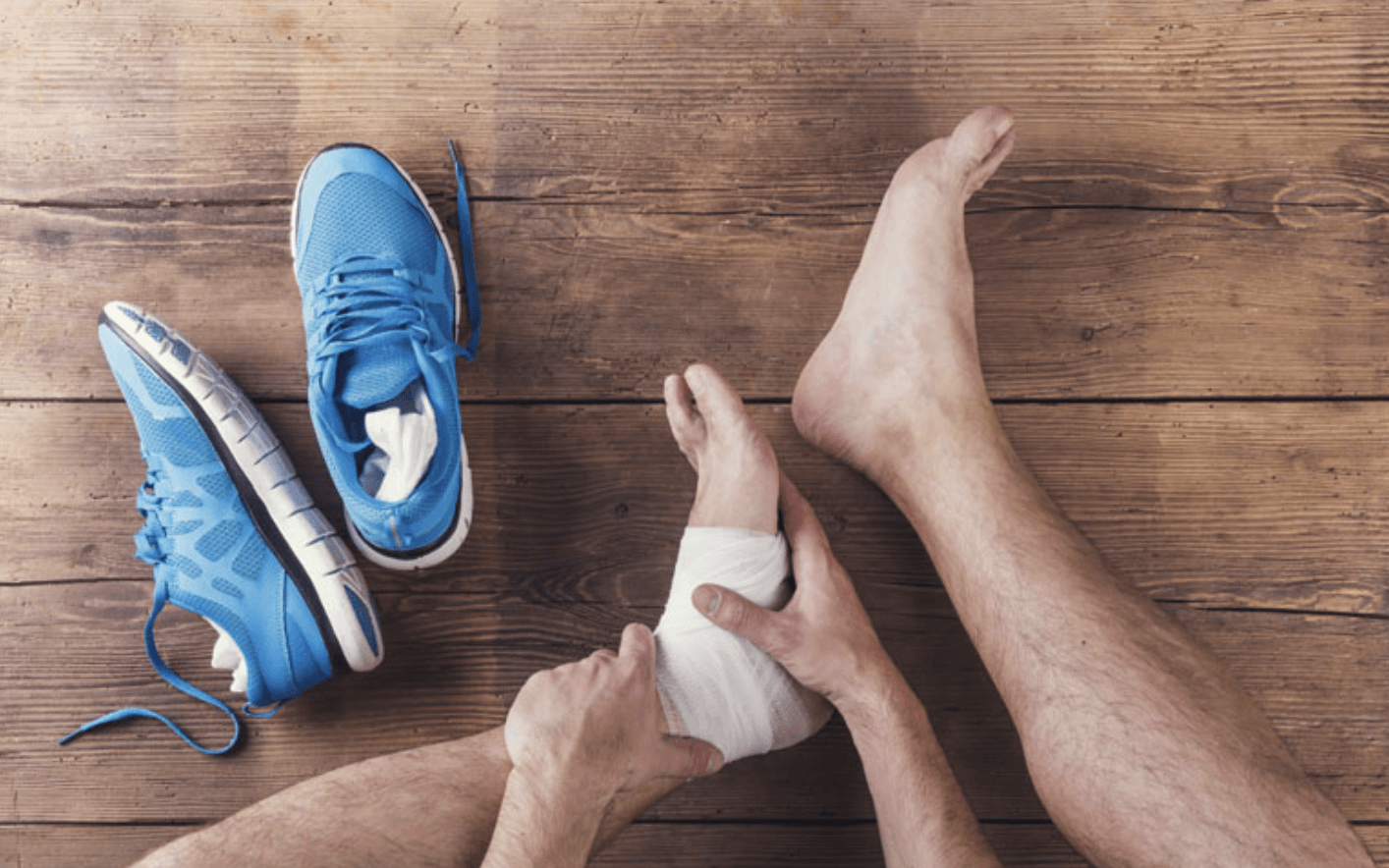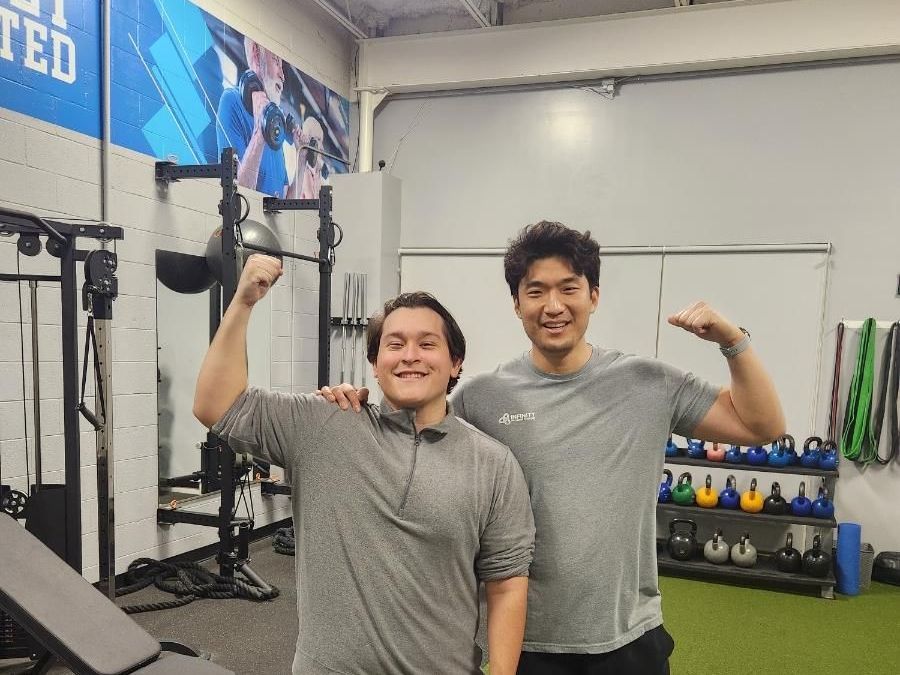Things to Consider Before You Start Running
In my last blog I focused on all the benefits of walking. So it only seemed fitting, as I prepare to run my first half marathon this weekend, that we progress and discuss the top things you need to know about running. We all know running is an activity that pretty much everyone can do. Yet, not every one can do it safely or efficiently. For people who are looking to lose some weight, running is often the first type of exercise they try out. Running can seem like a simple activity; however, it can become more harmful than good if the body is not ready for it.
Running is a skill. It is actually one of the most complex natural movements that we learn as children. We learn to roll, crawl, walk, squat, and then.... we learn to run. This skill is learned through trial and error motor learning. However, once we stop using this skill we quickly lose it. Running also takes efficiency, efficiency means decreased injury risk and less wear and tear on the body.
So before you throw those running shoes on and see how far you can go, here are a few things to consider:
1. Mobility:
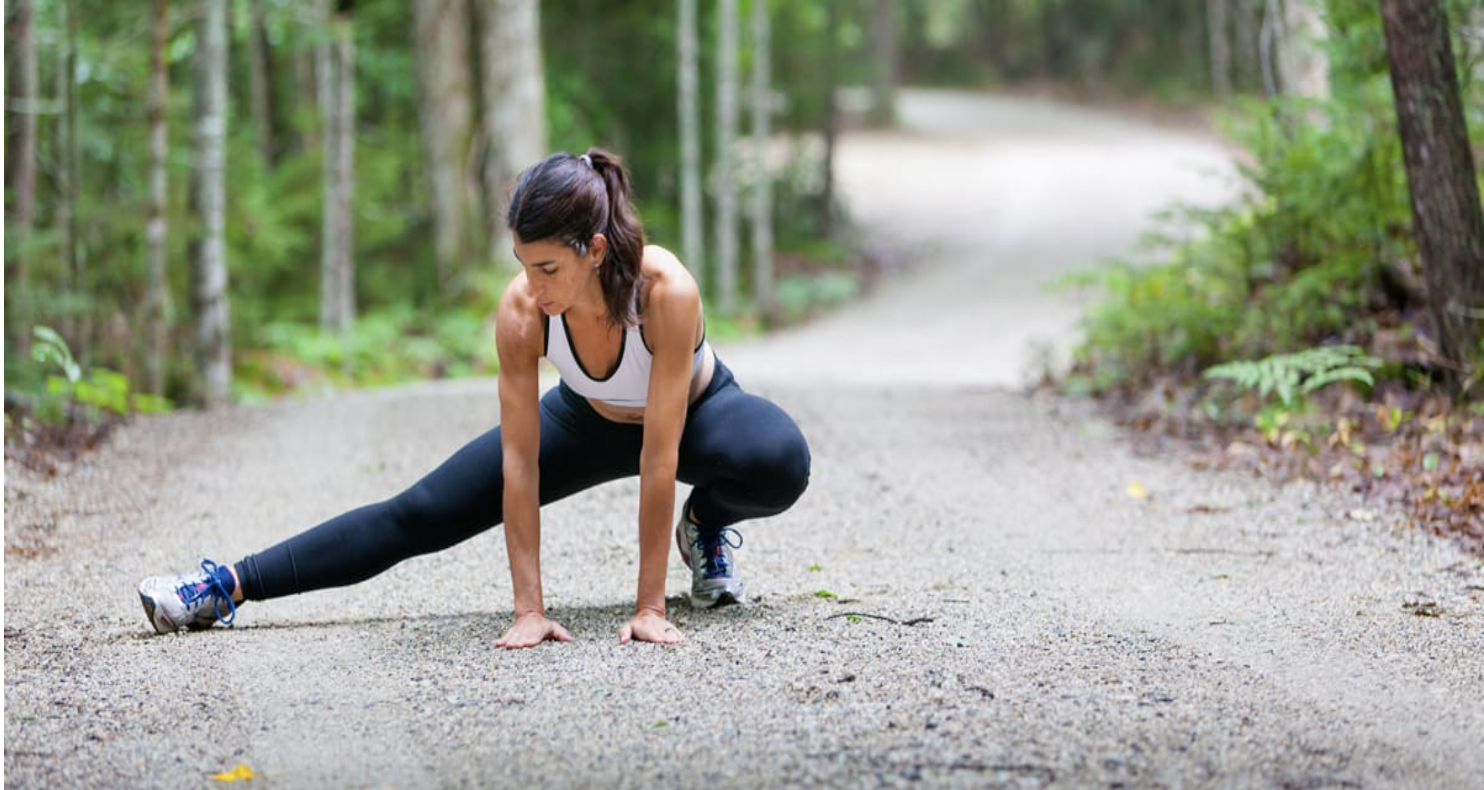
A good way to look at the running stride is by picturing a pendulum. A pendulum swings back and forth evenly on both sides. Your running stride should do the same. People who lack the mobility as mentioned earlier tend to over stride in the front direction to make up for not being able to extend back stride. Doing this will throw the pendulum off and we lose the natural flow, and elastic recoil effect of an even stride. Many people could benefit from shortening their stride length in order to run more efficiently and prevent injury. Changing your stride length or run cadence can have a huge effect on reducing the energy absorption at joints especially around the knees.
3.Strength/Stability:
Running requires more strength and control than most people think. It requires certain joints to become stable and controlled while others generate force to move you forward. Think of running as a constant series of single leg mini squats as we drive our body through space. If you are unable to do a single leg squat without your knee caving in, you are most likely looking at some pain.
Check out this video for some great exercises for runners:
Additional strengthening can not only improve our power and efficiency when running but it can also reduce injury and pain when we fail to control our joints.
4. Tissue Tolerance and Adaptation:
Running is a stressor to the body. We inherit the training adaptations from the stress we place on it. However, the body and its tissues will only adapt to the demands placed on it if it is allowed to recover properly. A good way to transition into running is start with some walk/run intervals. Then, gradually phase the walking intervals out. A great starting plan is to try 2 minutes of walking and 1 minute of running for 20 mins. It is important to respect the process and build up a solid base with out pushing the body's capacity to recover. So take you time and don't rush the process. Listen to your body and you will reap the benefits without side-lining yourself with injury.
All in all, treat running with the respect it deserves. Yes, anyone can go out and run, but not many can go out and run with top notch technique and bio mechanics. When your quality of your running technique is compromised the run should end. Good luck with your running en devours and if you still aren't sure where to start or looking for more information on a strength program to compliment your running click here to schedule a free session or 20 min call.
You might also like
